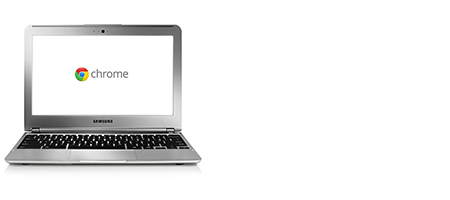My brother shared with me an interesting posting, where the question is asked “Is Amazon Lying about eBooks outselling printed books?”
I found the post to be an interesting read but there exists one GLARING problem: they misuse statistics and probabilities, and reach erroneous (though perhaps accidentally correct) conclusions.
They are acting as if previous numbers/ratios of hardcover to paperback books remain UNCHANGED with the introduction of digital books.
Let’s say, for the sake of argument, that the split has been 77/23 paperback to hardcover. To come in and say that ebooks are 29% which is more than Hardcovers, but not more than the 77% paperback percentage is, well, silly. That would then result in 129% of sales.
Here’s what the author(s) wrote:
“…But then I discovered a business analyst who’d found an even bigger problem with Amazon’s statistic. According to the Nielsen Bookscan service,hardcover books accounted for just 23% of all books sold in the previous year.
So what happens if you ask how many “printed books” Amazon sold, instead of using the smaller number of “hardcover books”? Following the same ratio, Amazon would be selling approximately 334 paperbacks for every 100 hardcover books — or a total of 434 printed books for every 180 ebooks. That would mean over 70% of the books Amazon sells are still printed books — 180 out of 614 — with ebooks accounting for just 29.3% of all the books that Amazon sells.
I do have to insert one quick correction to their comment: the analyst actually wrote that hardcover books account for “23% of total dead-tree book sales” and that’s important.
Okay, in reality here is what they did:
They read that 23% of all books sold are hardcover. That works out to about 4.3478 books for each percent. They then multiplied that number by 77% to get the magical number of softcover books sold: 334.78 softcover books. They then add those (read: 100%) and compare that to the number of ebooks sold (180).
Hopefully, at this point, the problem is becoming clear: Are ebooks additive–that is, people are buying ebooks above beyond the numbers of hard/soft cover books they always bought? If that is the case, then So while it wouldn’t be 140% it would result in a larger pie, meaning that ebooks went from ZERO to 29% (the number they mention in the post). Not bad for eBooks. If only every new “business model” could garner 23% of a market, while not touching the rest.
But I suspect there is a shift here–people are buying either an ebook, or a paper book. Thus the “old school” ratio doesn’t hold true anymore. it’s not 23% hardcover, 77% softcover, and 29% ebooks (note: 129%). The 29% have come from somewhere–most likely eating out of some mix of hard/soft cover sales.
The authors believe (yes, believe) that there is “no evidence” that Amazon is selling more eBooks than printed books. True-they simply argued that they sold more hardcover books. But the evidence they overlooked, through flawed math, tells a very interesting, and different, story.







